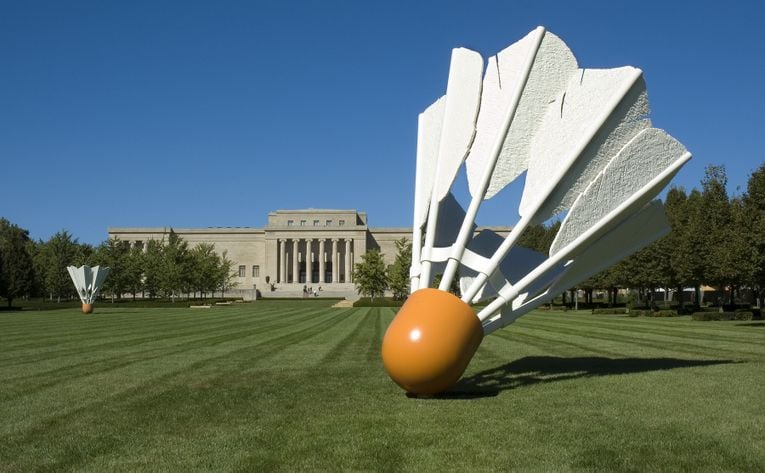
Prompted by a report in the local newspaper about the segregationist activities of William Rockhill Nelson, the Nelson-Atkins Museum of Art in Kansas City, Missouri, is reassessing its name and considering whether or not to continue honoring the real estate and newspaper magnate who helped found the institution.
Nelson was the co-founder of the Kansas City Star, which was inspired by the nationwide Black Lives Matter protests to launch a thorough investigation of its own history and past coverage of racial inequities, Civil Rights issues, and African Americans.
What the series found was that Nelson had helped create and enforce segregation in Kansas City through restrictive covenants dictating that only white people could live in the homes he built. Nelson’s embrace of the practice, and his promotion of his protégé, developer J.C. Nichols, who did the same, helped lay the foundation for decades of racial inequity in the city’s housing market.
In December, the paper opted to remove a photograph of Nichols and one of his quotes from its masthead.
William Rockhill Nelson. Photo courtesy of the Kansas City Museum.
“Nelson was both a builder of the city and an architect of some of the structural racism that still exists today,” Mike Fannin, the paper’s president and editor, said at the time. “We can’t erase history, but we can embrace a more equal and inclusive present and future.”
Now, at a moment when institutions across the country are reckoning with their histories, the museum that bears Nelson’s name has taken note, and is considering possible next steps.
“Our board of trustees, and museum leadership, are taking a careful look at the museum’s history. These complex issues take time and thoughtful consideration,” Kathleen Leighton, the museum’s manager of media relations and video production, told Artnet News in an email. “Any comment at this time would be premature, as these are ongoing conversations.”
The initial funding to establish the museum came from local teacher Mary McAfee Atkins, who, upon her death in 1911, earmarked $300,000 from her husband’s real estate fortune for the establishment of a museum in the city—but it was years before anything was done with the money, allowing it to grow to $700,000 by 1927.
Nelson, meanwhile, had died in 1915, writing in his will that his mansion was to be torn down and turned into a museum and establishing a trust for the purchase of art for a public collection. In 1927, the two bequests were combined, and work began on the museum in 1930.
The Nelson-Atkins Museum of Art. Photo courtesy of the Nelson-Atkins Museum of Art.
The William Rockhill Nelson Gallery of Art and the Mary Atkins Museum of Fine Arts opened in a shared building three years later. The museum adopted its current name in 1982, despite provisions in Nelson’s wife and daughter’s wills mandating the original name.
The Nelson-Atkins Museum and its director and CEO, Julián Zugazagoitia, have spoken out in support of the Black Lives Matter movement. Last summer, they banned Kansas City law enforcement from using the museum grounds as a staging area to monitor nearby protests after receiving pushback for previously granting permission.
A prominently displayed message on the institution’s homepage proclaims that “we stand against police brutality, institutionalized racism, and systemic discrimination that targets Black Americans. The Black community has taught us. We have made mistakes in our long journey to become an anti-racist institution, and we apologize. We have much more to learn. We are joining your call for immediate and lasting justice.”